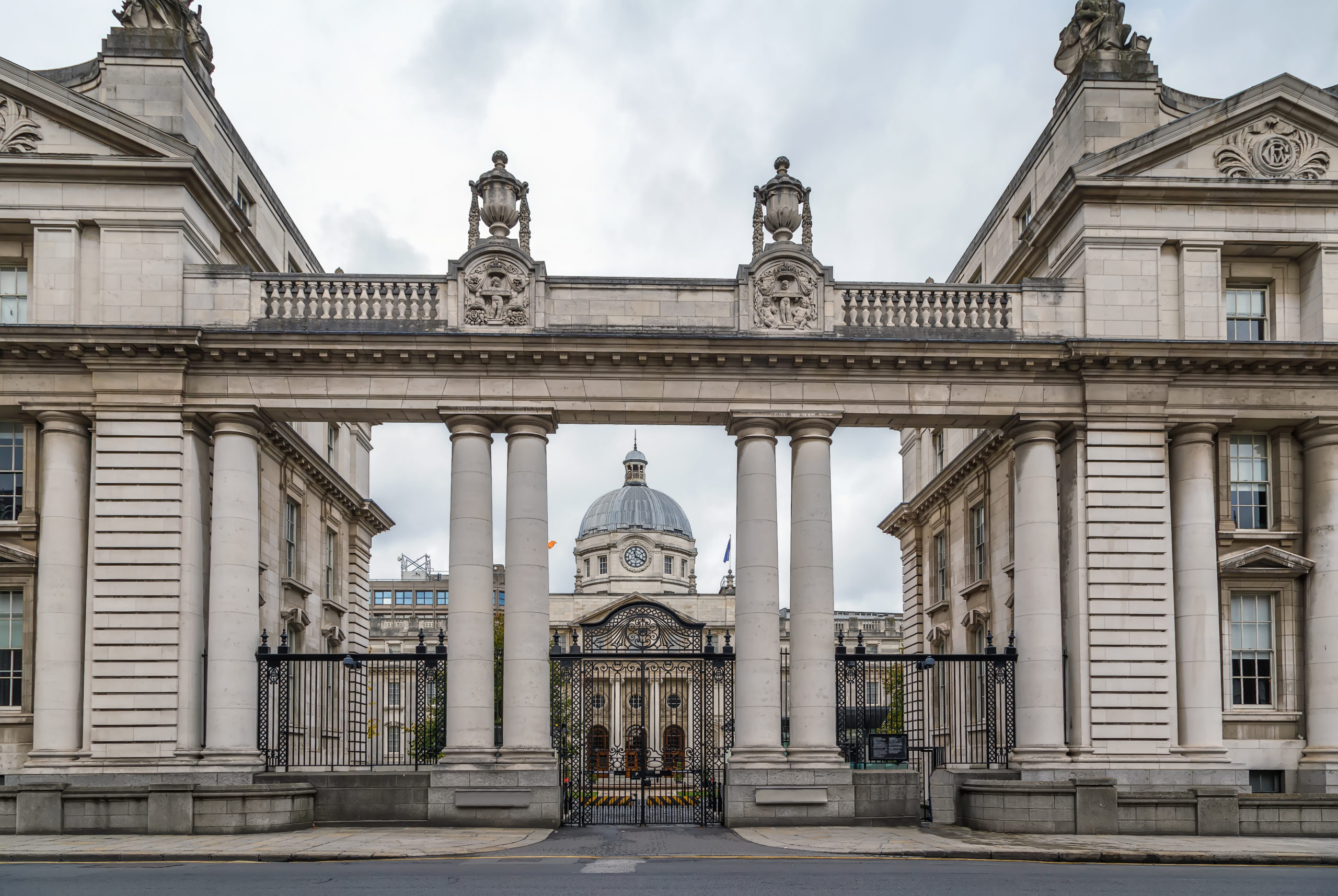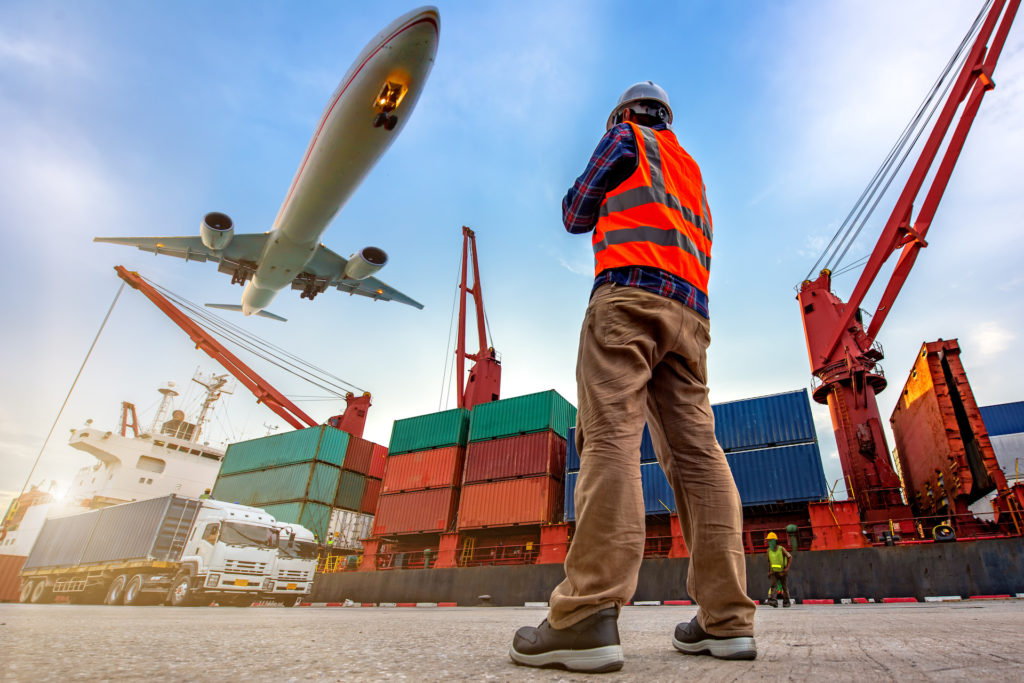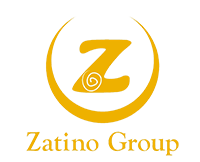Political Overview
Ireland is a unitary republic that operates under a parliamentary system. The President of Ireland serves as the head of state and is elected by direct popular vote for a seven-year term, with the option of being reelected for one additional term. The President does not possess significant executive powers but has certain ceremonial duties and limited constitutional authority, including the ability to dissolve the parliament on the advice of the Irish Cabinet.

The Prime Minister of Ireland, also known as the Taoiseach, is nominated by the parliament and appointed by the President. Typically, the Taoiseach is the leader of the largest party or the head of a coalition government. The constitution mandates that the Cabinet should consist of no more than 15 members, with no more than 2 senators from the upper house, and the Taoiseach, Tánaiste (Deputy Prime Minister), and Minister for Finance must be members of the lower house.
In June of 2020, Fianna Fáil, Fine Gael, and the Green Party collaborated to establish a coalition Government. After extensive negotiations, they unveiled their Program for Government, outlining their objectives and policies for their term in office. This program received the endorsement of members from all three parties, leading to the formation of the coalition. Due to the comparable sizes of Fianna Fáil and Fine Gael, a ‘Rotating Taoiseach’ system was put in place. This arrangement allows both leaders of these parties to take on the role of Taoiseach at different points during the Government’s term.
Previously, Micheál Martin, the leader of Fianna Fáil, held the position of coalition Taoiseach until December 15th, 2022.
As a result, the current Taoiseach is Leo Varadkar, the leader of Fine Gael.
Economic Overview
Ireland has a relatively small economy that heavily relies on export trade. Between 1995 and 2000, Ireland achieved an impressive economic growth rate of 10%, ranking among the top in Europe. In 2003, it became the second-highest country in the world in terms of per capita GDP (only surpassed by Luxembourg), earning it the nickname “Celtic Tiger.”

